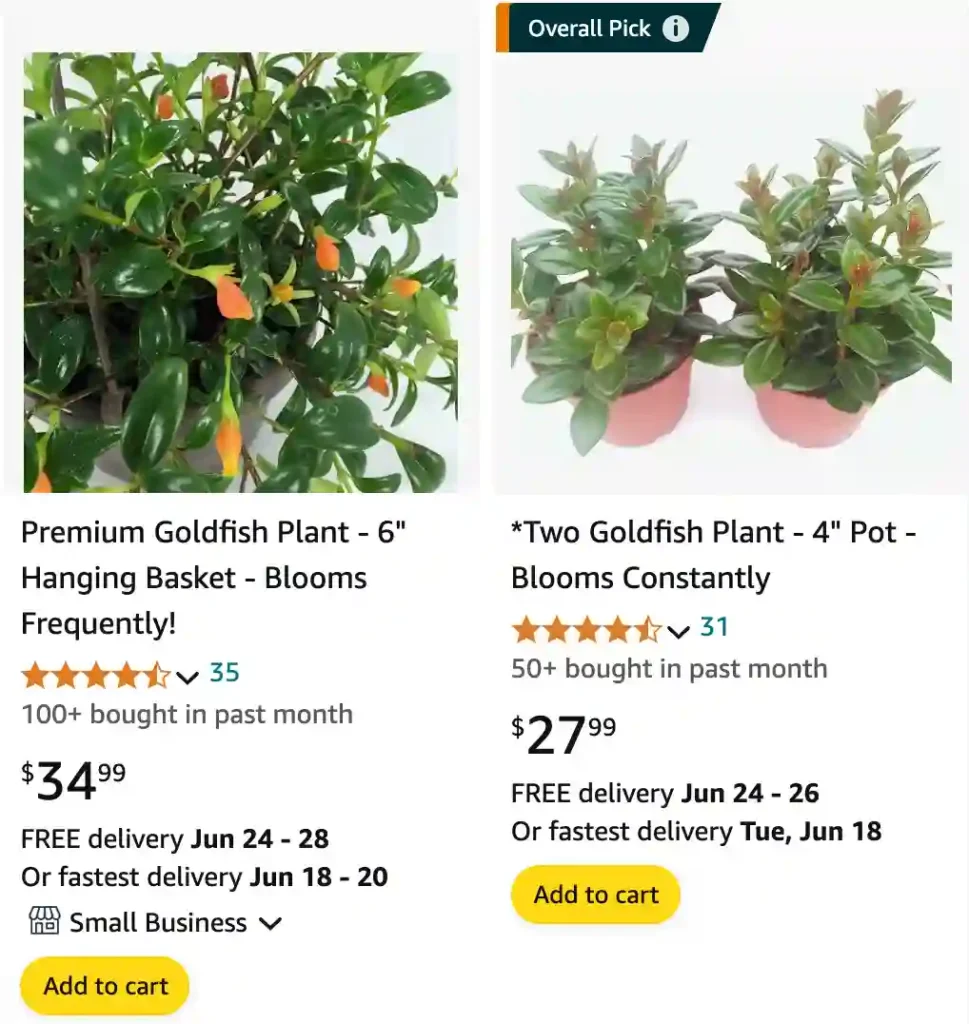
Ferb Vu on the Goldfish Plant: Your Guide to Growing a Tropical Treasure
The Goldfish Plant, with its vibrant orange blooms cascading from a lush, green foliage, is a captivating addition to any indoor space. But beyond its beauty, this tropical wonder offers a rewarding growing experience for plant enthusiasts of all levels.
In this FAQ, I, Ferb Vu, will answer your most burning questions about the Goldfish Plant, from its care requirements to its unique characteristics.
32 Species in Genus Nematanthus
What is a Goldfish Plant?
The Goldfish Plant, also known botanically as Nematanthus Gregarius, belongs to the Gesneriaceae family. It’s a trailing vine native to the rainforests of Central and South America. The plant’s captivating charm comes from its vibrant, tubular orange flowers that resemble goldfish, hence the name.
Goldfish Plant vs Lipstick Plant
While both the Goldfish Plant and the Lipstick Plant (Aeschynanthus) belong to the same family and share similar tubular flowers, they are distinct species. The key difference lies in their flower shape. The Goldfish Plant’s blooms are wider and more open at the mouth, resembling a goldfish, while the Lipstick Plant’s flowers are narrower and more elongated, akin to lipstick tubes.
Light Requirements: Can It Handle Direct Sun?
The Goldfish Plant thrives in bright, indirect sunlight. Direct sun exposure can scorch the delicate leaves and flowers. Aim for a spot near an east-facing window or a well-lit room with filtered sunlight.
Watering Needs: Keeping Your Goldfish Plant Happy
Goldfish Plants prefer consistently moist soil but not soggy. A good rule of thumb is to allow the top inch of soil to dry out before watering again. During the summer months, you might need to water more frequently, while winter calls for less frequent watering. Remember, underwatering is preferable to overwatering, which can lead to root rot.
Humidity: Recreating a Tropical Paradise
As a native rainforest dweller, the Goldfish Plant appreciates moderate to high humidity levels. Grouping your plant with other humidity-loving plants or using a pebble tray filled with water can help create a more humid microclimate.
Temperature: Finding the Goldilocks Zone
The Goldfish Plant flourishes in warm temperatures between 65 and 75 degrees Fahrenheit (18-24 degrees Celsius). Avoid placing it near cold drafts or air conditioners.
Fertilizing for Abundant Blooms
During the growing season (spring and summer), a balanced liquid fertilizer diluted to half strength can be applied once a week to encourage vibrant blooms. Hold off on fertilizing during the winter months when growth slows down.
Common Pests and Diseases: Keeping Your Plant Healthy
Goldfish Plants are generally pest-resistant, but they can be susceptible to mealybugs and spider mites. Regularly inspect your plant and treat infestations with insecticidal soap or neem oil solutions. Overwatering is the main culprit behind fungal diseases. Ensure proper drainage and avoid letting the plant sit in water.
Propagation: Sharing the Goldfish Love
Propagating your Goldfish Plant is a breeze. Stem cuttings can be easily rooted in a well-draining potting mix. Simply snip off a healthy stem with a few nodes, remove the lower leaves, and plant it in a pot filled with moist soil. Keep the cutting warm and humid until new growth emerges.
Repotting: Giving Your Goldfish Plant Room to Grow
As your Goldfish Plant matures, it might become rootbound in its pot. Repotting every 2-3 years into a slightly larger pot with fresh potting mix will provide the plant with the space and nutrients it needs to thrive.
Is the Goldfish Plant Toxic to Pets?
Unfortunately, the Goldfish Plant is mildly toxic to pets if ingested. The leaves and flowers can cause stomach upset and vomiting in cats and dogs. If you have curious pets roaming around, it’s best to place your Goldfish Plant in a location out of their reach.
Where to Buy a Goldfish Plant?
Goldfish Plants can be readily found at most reputable nurseries, garden centers, and online plant retailers. Look for healthy plants with vibrant foliage and abundant blooms.
Conclusion: Bringing the Beauty of the Tropics Indoors
The Goldfish Plant, with its stunning blooms and cascading foliage, offers a touch of the tropics to any indoor space. By following these simple care tips, you can cultivate a thriving Goldfish Plant that will bring you joy for years to come. So, embrace your inner plant parent and embark on this rewarding journey!
If i die, water my plants!



